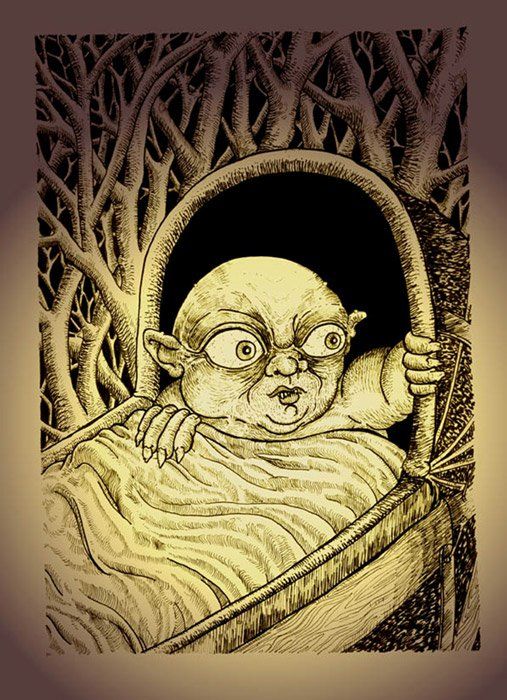We all remember our childhoods when we would gather around fireplaces and listen to stories about sorcerers, fairy godmothers, and evil witches.
These stories have fascinated us with their magic and larger than life characters and have been our favorite bedtime stories.
German mythology stories are equally alluring and captivating with their singing nymphs and flying dragons. If you are adventurous visit the famous Black Forest in Germany and who knows you might be lucky enough to come across some ancient creatures or spooky monsters.
Join us today in a fun ride into the magical world of ancient myths, folklore, and urban legends straight from the mystical lands of Germany.
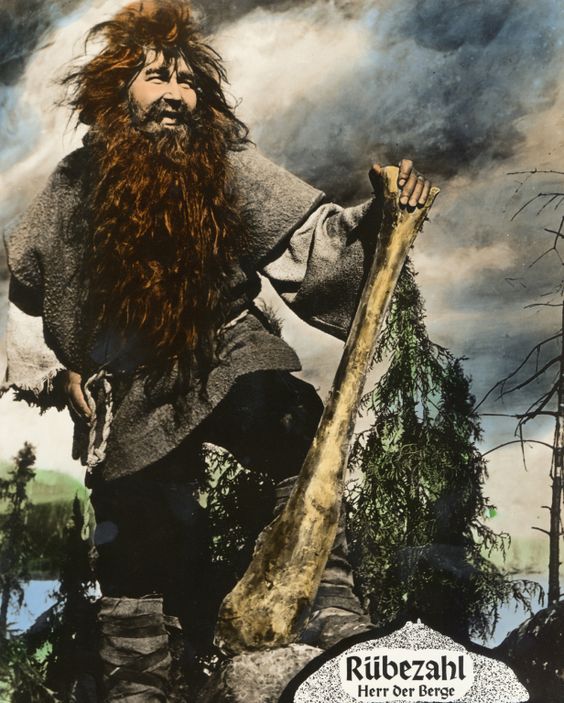
1. Lorelei
The story of Lorelei is about a beautiful nymph who used to sit at the top of a huge rock on the river Rhine. She would sing songs with her enchanting voice alluring the sailors passing by.
Dressed in all-white with a string of stars on her hair, her voice was so haunting that no one could resist her.
According to the legend, mesmerized by her voice sailors who tried to reach her would hit the rock and fall into their own death in deep rapids of the river.
The story was first written by German writer Clemens Brentano in 1801. He created this wonderful character of Lore Lay who betrayed by her lover went up to the Lorelei rock only to fall to her own death in the river Rhine.
The German word Lorelei meaning the “murmuring rock” got its name from the echo of sounds is generated by the crashing of the heavy currents of the river Rhine upon the rock.
A statue of Lorelei still stands today watching over the traitorous waters of the river Rhine near Sankt Goarshausen.
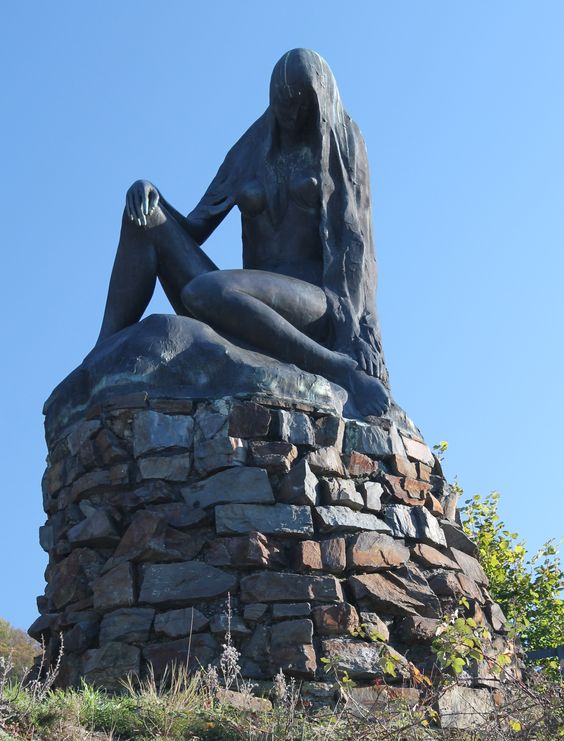
2. Rumpelstiltskin
Who hasn’t heard of Rumpelstiltskin? Thanks to Brothers Grimm, here is one of the most enchanting fairytales of all time.
The story is a popular German fairytale about an old miller and his beautiful daughter.
The miller in order to impress the king boasted that his daughter could spin straw into gold.
The amused king locked up the girl inside a room full of straw and a spinning wheel and asked her to turn the straw into is gold by morning or else she would be punished.
The helpless girl prayed and in that very moment an imp appeared and helped her out in exchange of gifts from her.
This continued for the next two nights until the girl had nothing else to offer. This time the imp offered to help her, but in exchange made her promise that she will give him her first-born child.
Soon the girl married the king and after some time, she gave birth to her first child. That night, as promised the imp appeared asking for his reward that was long due. But the Queen was adamant and did not want part with her child. The imp gave her a day and asked her to guess his name or else he would take her child.
The worried queen set out in the forest and there she heard the imp dancing in joy singing out his name loudly.
Next day, as the imp appeared the Queen uttered his name out loud sending the imp back to the place where he came from.
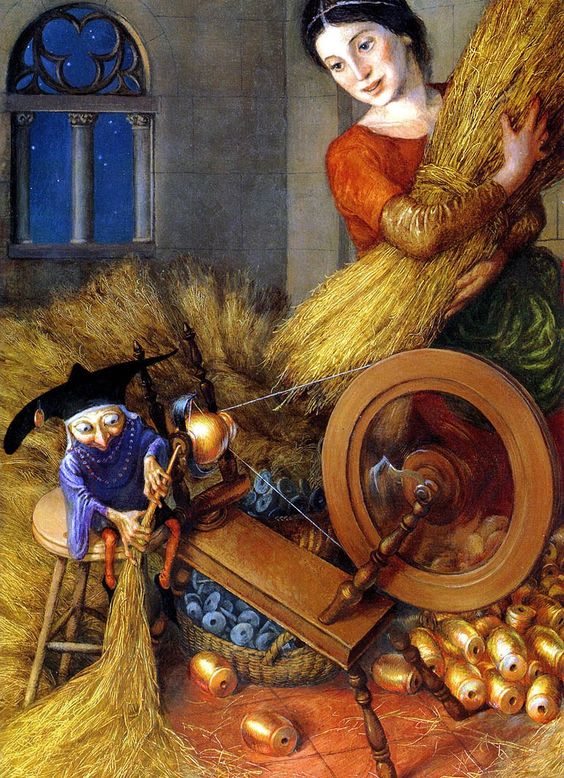
3. The Werewolf of Morbach
The legend of Morback Monster revolves around a small town in Germany called Wittlich which claims to be the last place where a werewolf has been killed.
The story is about a soldier named Johannes Baptist Schwytzer who were fleeing away from the Russian army along with some deserters and came to the small town of Wittlich.
The hungry soldiers came across a farmer’s house and ransacked the entire house in search of food. While doing so they mercilessly murdered the farmer and his sons.
The farmer’s wife cursed Schwytzer in rage and told him that every full moon night he will turn this savage wolf.
Every full moon night the cursed soldier will turn into this rabid beast feasting on the flesh of innocents.
Soon the local villagers came to know about him and one night they chased and killed him in the woods near the village of Morbach.
There they erected a shrine and burned a candle in the belief that as long as the candle burns the werewolf will not return until one night in 1988.
Some officers of US airbase said to have encountered the beast that night. It is said that a candle still burns today in fear of the return of the wolf.
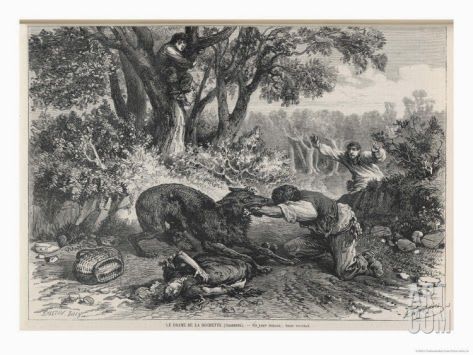
4. The Pied Piper of Hamelin
The legend of Pied Piper is one of the chilling stories that is remotely based on the real-life events of the town of Hamelin, Germany in 1284.
Whether the story is just a fragment of imagination or there is some truth to it is still debatable.
The classic but dark tale created by the Grimm Brothers revolved around the small town in the lower Saxony part of Germany.
Apparently, the town was infested by rats and one day a piper dressed in multicolored or “pied” clothes came to the town and offered his help in exchange for money.
He had a wonderful gift. He played his flute and all the rats followed him out of the gates of the city.
The town folks eventually paid him less and he decided to take revenge. On “Saint John and Paul’s Day,” the piper returned and lured all the children away from the town never to be seen again.
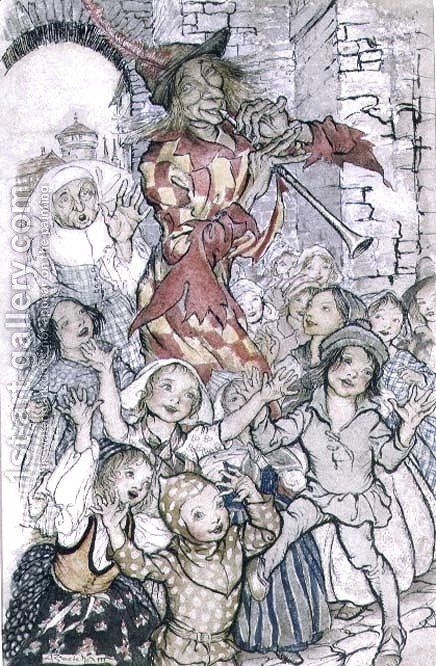
5. Princess Brunhilda of Rosstrappe
This is the fascinating story of the beautiful princess Brunhilda of Rosstrappe.
Rosstrappe is a hill in the Harz mountain range in Central Germany. One can see sharp hoof marks imprinted on the rocks at the top of the hill.
According to the legend, these are the marks left by princess Brunhilda while she was trying to escape from her forced marriage to a giant named Bodo.
Dressed in her white robe and golden crown she rode her white stallion and jumped over the cliff to the other side. Bodo jumped after her and fall into the pit of the mountain.
Glorious with joy the princess jumped and danced in joy leaving footprints on the cliff.
Rosstrappe is visited by many also because of the spectacular view of Hexentanzplatz and Bodetal.

6. The legend of King Watzmann
Once upon a time, there lived a bloodthirsty king called Watzmann who enslaved and killed the local peasants.
To put an end to his tyranny, the king and his family was cursed and was turned to stone forming the range of seven mountains near the town of Berchtesgaden.
The Watzmann mountain range is named after them and is the third highest peak in Germany.

7. Rübezahl, the evil mountain spirit
Rübezahl, a naughty mountain spirit lived in the mountains of Krkonoŝe Mountains near Bohemia and Silesia.
There are different depictions of Rübezahl and countless stories. Some believed that he used to torment and do trickery to people while others believed that he was the protector of the forests and the hills.
The character of Rübezahl has been often described with hooves and horns looking like a devil. There are others who portrayed him as a monk who would often bestow gifts and presents to the poor peasants.
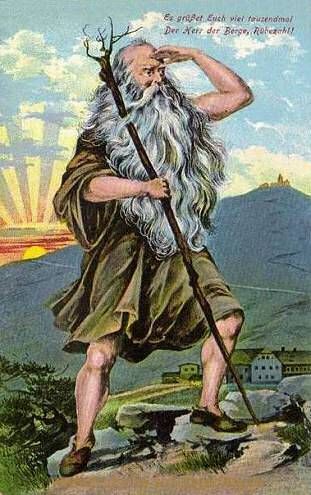
8. The Singing Nymphs of Black Forest
The Black Forest as ominous as its name may sound is a mountainous range thick with dense trees of pine, oak and elm. The forest is home for many urban legends and mythical creatures.
The Mummel Lake or MummelSee, a 10,000 years old glacial lake is said to be the home of water fairies or “mummel”.
There are several folklores surrounding the water nymphs or water lilies in MummelSee. There is a belief that the nymphs or water lilies will come out every night to bathe.
Some say that the nymphs are actually the nuns that lived in the monastery nearby. Once a nun fell in love with a farmer and the entire monastery was swallowed by the lake.
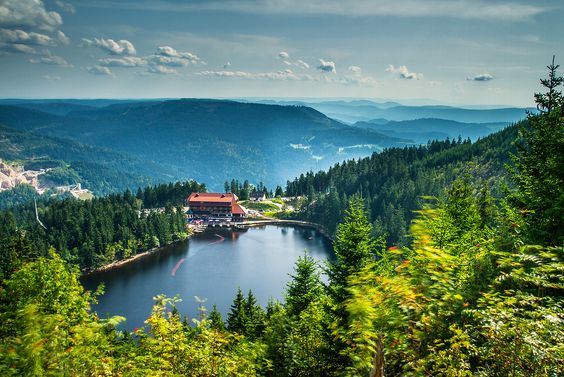
9. Barbarossa, the red-bearded hero
In the Kyffhäuser hill range of Central Germany lives the legendary hero Emperor Frederick Barbarossa.
A real-life hero, Barbarossa was a legendary German emperor who led his nation to great heights. Such was his popularity that in the late 19th century a monument was erected in his name.
After the death of Barbarossa, the “Black Death” epidemic swept away half of the population leaving people longing for their great hero.
Later in the 19th century, the legend of Barbarossa grew by word of mouth and folklores began to circulate that Barbarossa still lives in the caves of Kyffhäuser mountains waiting for the right time to return to his people.
A statue of Barbarossa riding on his horse graces the mountains of Kyffhäuser with his much striking one-meter-long beard.
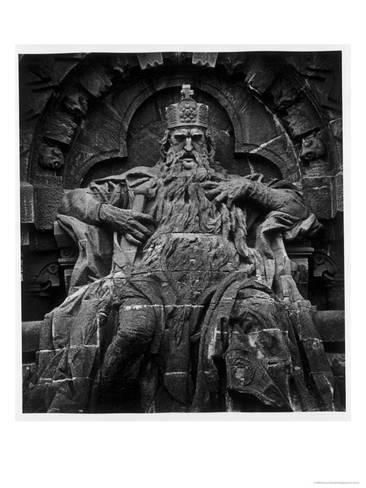
10. The Children’s Crusade of 1212
The Children’s Crusade, one of the iconic movements that originated in Medieval England later spread to France and Germany.
Started in the year 1212, the crusade was led by children as young as 12 years as a movement to regain Jerusalem from Muslims.
The children believed that it was divine intervention that prompted them to take up the movement.
In Germany, the movement was headed by a boy named Nicholas from Cologne. He gathered around 50,000 followers including some adults.
The Crusaders traveled to Italy to meet the Pope of Rome. On their way back, their ship crashed into the Mediterranean sea killing almost everyone.
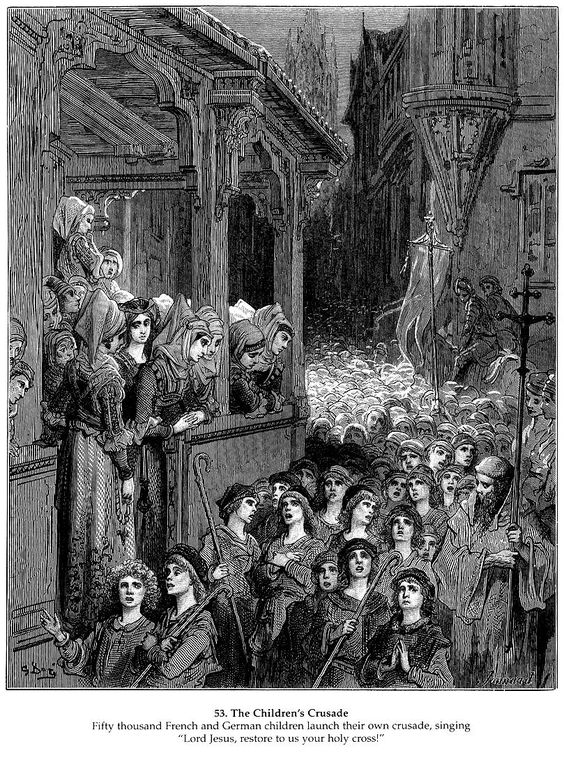
11, The Changeling
The stories of faerie changelings are quite popular in German mythology. The Grimm Brothers later introduced the urban myth in their books in the mid 19th century.
According to the legend, a faerie steals a new-born child from her mother’s cradle and leaves the changeling behind.
Mothers are advised to be extra cautious and not to leave their babies alone especially during the first 6 months of their birth.
Apparently, there are different versions of the changeling story that has been passed down from generations.
